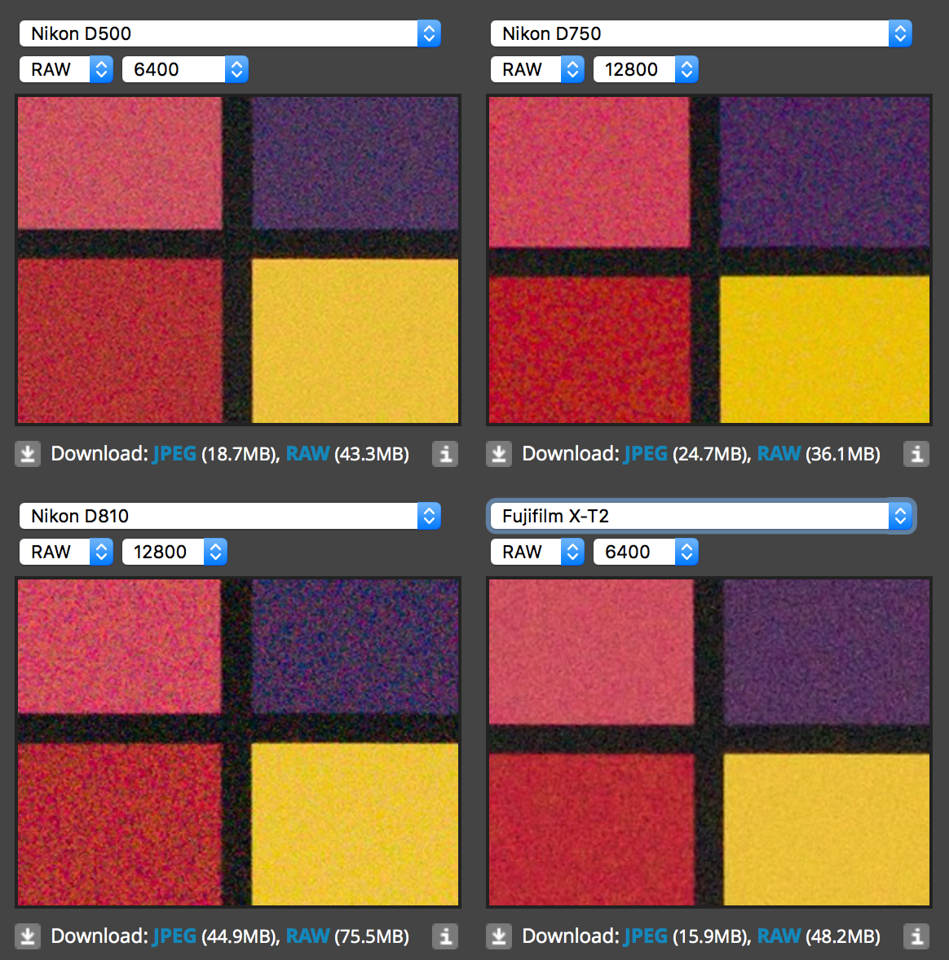

( September 2019)Ī crop factor (sometimes referred to as a " focal length multiplier" for comparing a proportionally scaled lens/image circle projection/sensor diameter) can be used to calculate the field of view in 35 mm terms from the actual focal length.
APS C VS FULL FRAME UPDATE
Please help update this article to reflect recent events or newly available information.

However, as an APS-C sensor is smaller than a full-frame camera or Medium Format sensor, the opposite holds true, with larger sensors having less image noise and shallower depth of field than the APS-C sensor when taking a picture with the same focal length, f-stop, aperture, and ISO. This results in less image noise and shallower depth of field than a smaller sensor taking a picture with the same focal length, f-stop, aperture, and ISO. This is why each manufacturer offers a range of lenses designed for its format.Īn APS-C sensor is able to capture more total light than a smaller sensor with equivalent technology due to its larger size. Each variant results in a slightly different angle of view from lenses at the same focal length and overall a much narrower angle of view compared to 35 mm film. Because of this, devices with APS-C sensors are known as "cropped frame," especially when used in connection with lens mounts that are also used with sensors the size of 35 mm film: only part of the image produced by the lens is captured by the APS-C size sensor. Īll APS-C variants are considerably smaller than 35 mm standard film which measures 36×24 mm. Such sensors exist in many different variants depending on the manufacturer and camera model. APS-C size sensors are also used in a few digital rangefinders.

Sensors approximating these dimensions are used in many digital single-lens reflex cameras (DSLRs), mirrorless interchangeable-lens cameras (MILCs), and a few large-sensor live-preview digital cameras. It is therefore also equivalent in size to the Super 35 motion picture film format, which has the dimensions of 24.89 mm × 18.66 mm (0.980 in × 0.735 in) and Ø 31.11 mm field diameter. Drawing showing the relative sizes of sensors used in most current digital cameras.Īdvanced Photo System type-C ( APS-C) is an image sensor format approximately equivalent in size to the Advanced Photo System film negative in its C ("Classic") format, of 25.1×16.7 mm, an aspect ratio of 3:2 and Ø 31.15 mm field diameter.


 0 kommentar(er)
0 kommentar(er)
